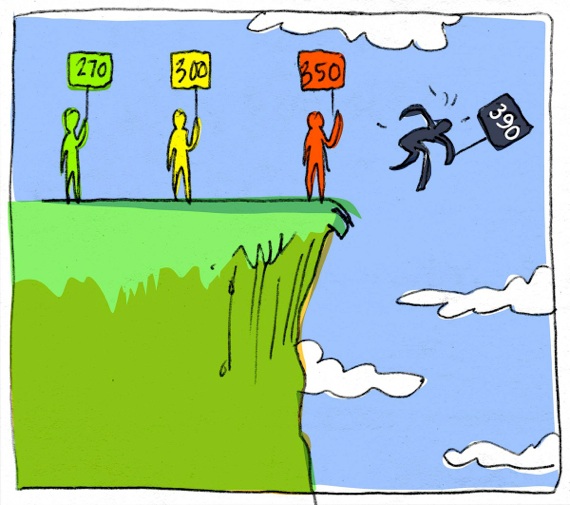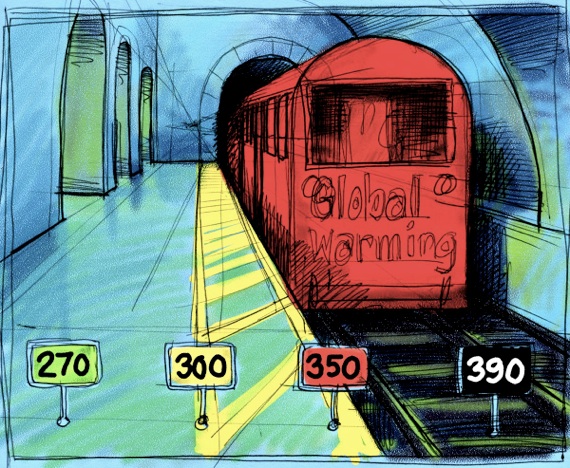communication design
to stop climate change
communication design
to stop climate change
{ design toolbox }

350.org

where do you stand?


where do you think it’s safe to stand on climate change?
Humans instinctively understand it’s not safe to stand too close to the edge. But for too many, climate change isn’t understood for the unprecedented danger that it poses. Can we get our collective heads around it soon enough? Like Wile E Coyote, we’re already well past the edge — are we naive enough to believe that if we don’t look down, we won’t fall?


During the 20 million years of human evolution, CO2 was relatively stable around 270ppm. But for the last two centuries we’ve burned fossil fuels as fast as we can dig them up, and greenhouse gasses piled up invisibly in the atmosphere. With the discovery of the greenhouse effect, scientists proposed that 350ppm was the maximum level of CO2 in the atmosphere that would prevent us from falling off the cliff of catastrophic climate change. Some pointed out that if 350 was the maximum, it would be a good idea to draw a safe zone at 300.
But as the science was debated, and deniers blocked action for two decades, the Kyoto Protocol wasn’t ratified until we were well past 350ppm, and drifting into the 380’s. Today the global average is in the mid 390’s, with localized readings in the Arctic eclipsing 400 early in 2012.
The global average is projected to tip past 400 by 2015. There is no indication that we’re slowing down at all.

climate